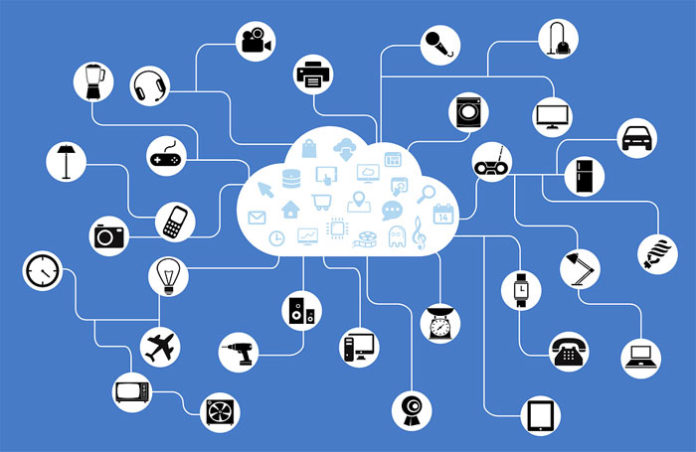As your stock of Internet of Things devices gets enlarged (and it is highly likely to, considering there’s a 30% rise of their use during the last two years!), you naturally grow more interested in keeping them safe from Internet-related harm. Begin with minding some rules for security for smart devices, and avoid attacks and unwelcome visits – close the door firmly on your activities from potential transgressors.
Make a List of All Your Smart Devices
Take an account of all your connected devices at home (or at your workplace) and see what information can be gotten at from each of them. Don’t forget game consoles, check anything that has got a camera and/or a microphone.
Strong Passwords
Make sure your smart devices are protected by strong passwords made up of an unpredictable jumble of letters, symbols and numbers. Preferably all your passwords should be different so that a hacker doesn’t get access to all or most of your gadgets by breaking one password.
All this takes a bit of time and hassle, so you can make use of a free IoT scanner that will take care of your devices and proffer a full vulnerability report with advice how to arrange for a safer home network.
Disconnect Some of Your Gadgets

As you go checking your gadgets, think if you really need all of them connected. So many things are connectible now, but do you want to use the features that work online? Maybe you can disconnect some devices or have them connected only with a special purpose in mind.
Think of Guest Networking
You can arrange for a separate network for some of your devices. Your Wi-Fi router may allow for guest networking in which case a connected device doesn’t get access to other devices or shared files. It works great for those IoT gadgets that are not very high on security.
Protect Your Data from Being Stolen
Should you misplace your smartphone and it happens to get into the hands of a hacker, they could draw out your information enabling them to access your other devices. The way to deal with it is by using a mobile security program that can remotely copy your info and files onto an online storage, then lock your phone and even erase it clean.
Don’t Go for Cloud Services Very Often

If you have your IoT device fall back on cloud for proper functioning, it might be touched for information or for a route to the home network. Your provider ought to ensure data protection, it’s a good idea to learn better about their privacy policy.
Update Your Security Patches Regularly
See that your security patches are always up-to-date. System updates are being regularly turned out, and it’s up to you to set automatic update download or visit the manufacturer’s website for security news.
Stay Protected Outside Your Home
If you acquired a habit of taking your own IoT devices along to your workplace, you may be in for higher attack risk, for wearables predictably have more security concerns. Don’t connect them to the work network unless you are sure it is a guest one and no-one is able to get curious about what you may have on your gadget.
Don’t Forget about Your Kids’ Devices

Since your children, if they are big enough, are sure to use connected devices, they should know about the risks it entails. Have them informed about what harm malefactors can do and how they achieve their aims, and warn them to never give any personal information to anyone they don’t know well. If they don’t need connection, disconnect the gadget. Keep an eye on them when they use gadgets with cameras and microphones.







